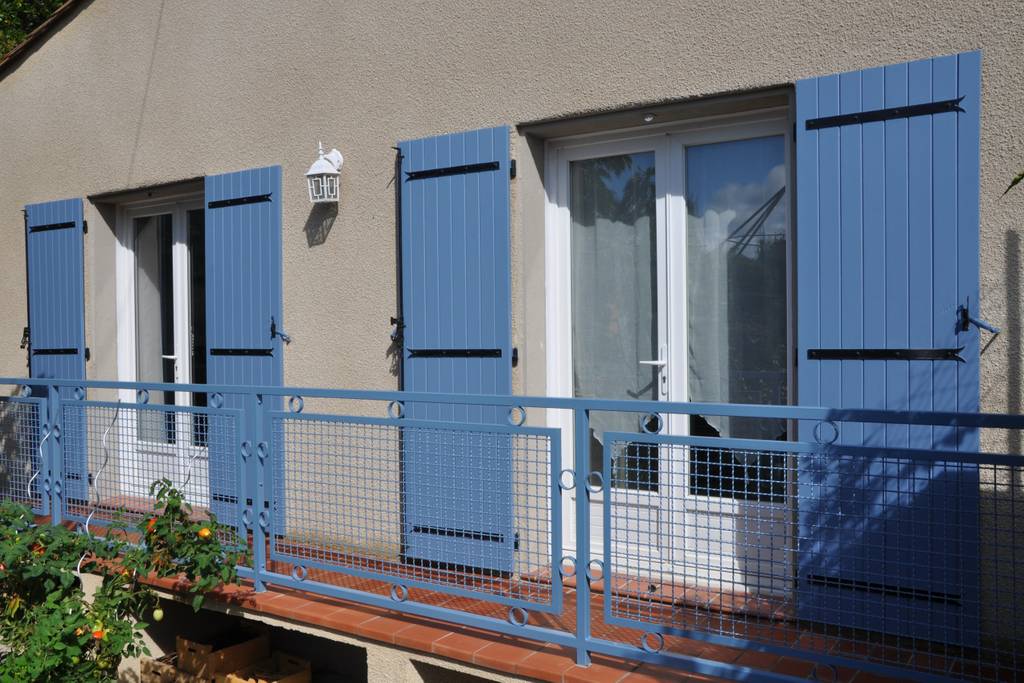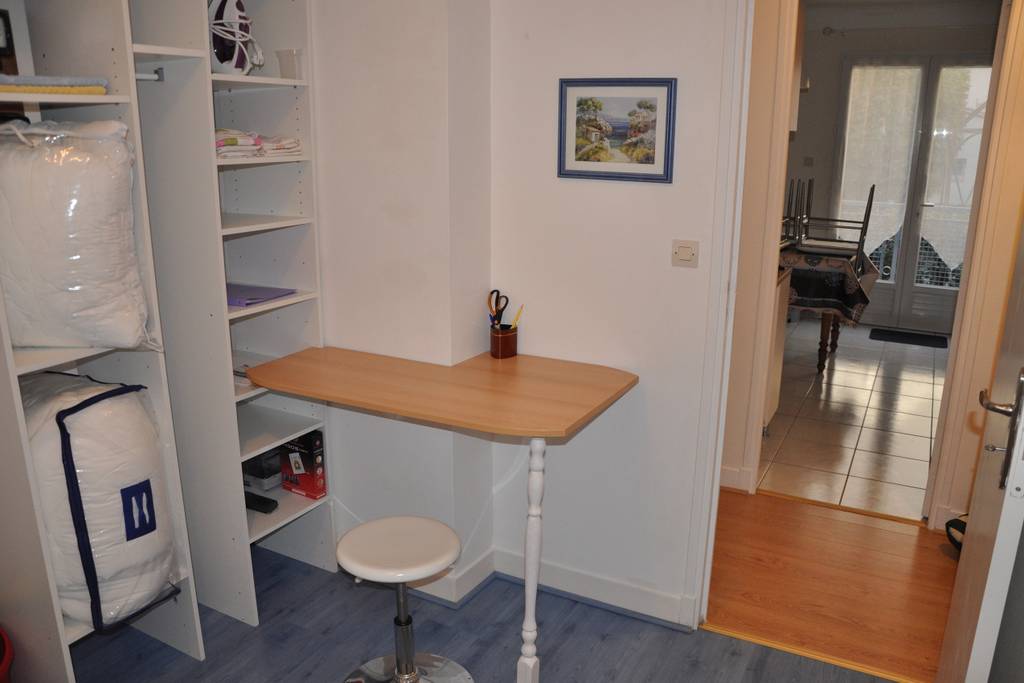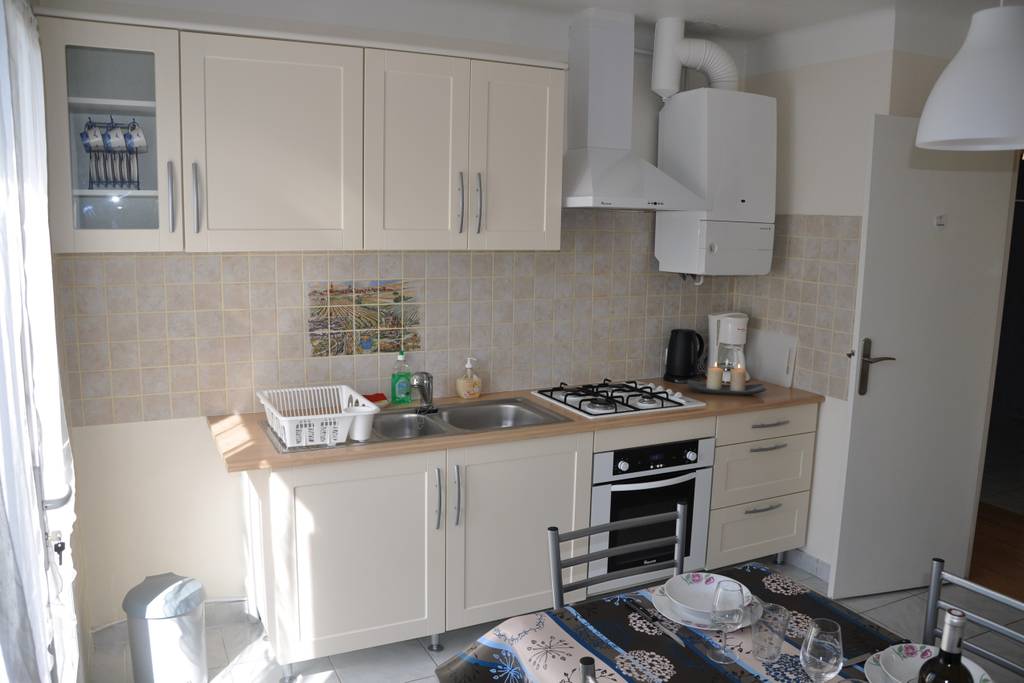Park in it, man - or at least that’s how the joke goes.
When it comes to our homes, the minimalist in me wants to say, “Fill it, man” - maybe with something practical, maybe with something joyful, quite possibly with clutter.
This isn’t a minimalism blog though. I’m not here to pass comment on how people live their lives. What I am interested in is: how much space do we actually need versus how much space we want?
Location, location, location?
Last summer I visited the compact and historic French city of Carcassonne. Found via AirBnB, my accommodation was a single storey detached building with its own little garden. It was an annex to the house next door, where the owners lived - and it was perfect.
Living room, dining kitchen, office, bedroom, bathroom and a cupboard. Comfortable, well-proportioned rooms (and a cupboard), all accessed off a central hall. Beautifully simple, elegantly furnished, nothing too big or too small; ideal for a single person or couple.
It wasn’t just that it suited me for the five days of my holiday. It was the kind of place I could envisage making a home of my own - and not only because it was in southern France!
In the pub one evening, I described this revelation of ideal living to a friend. He said: “Like a granny flat, you mean?” In truth, the same terminology had occurred to me privately, but I’d decided not to use it. After all, it’s not very … cool … is it, to aspire to a ‘granny flat’.
Generation whatever
The number one topic on this list recently got me thinking again about the spaces we live in. The images accompanying the article were reminiscent of the architectural solutions shown in the documentary Minimalism - a mention of which risks refuting my earlier claim that this is not a minimalism blog, but which I wholeheartedly recommend you watch on Netflix (or other platform of your choice).
Checking to see whether I meet the criteria to scrape into the ‘millennial’ category doesn’t interest me. Living in a useful space that allows me to live relatively distraction free and do the things I enjoy most - that’s what interests me.
Maybe millennials will be a unique generation, one whose blurred lines between private, work and social lives turns out to be an experiment that future generations lack the appetite to repeat. The furniture and storage solutions shown on the Arch Daily blog, or in the minimalism documentary, may turn out to be fads.
They are worth experimenting with, however, if they can help us enjoy our space more and use it better; rather than feel overwhelmed or frustrated by it, but putting up with it because that’s how we’ve always lived.
Lies, damn lies and…
Without knowing what I was going to find, I recently read some Government-published statistics. Perhaps the Ministry of Housing, Communities and Local Government knew I wanted to write this post, because I stumbled upon figures about the under- and over-occupation of space.
Around 51% of owner-occupied households are under-occupied, compared to 39% in the late 1990s. In other words, half of homeowners currently own a house that is too big for them. Most likely, this is either because people have raised families and seen their offspring leave home, or people intend to start and raise a family.
Nothing revolutionary in those conclusions, but I think it speaks to a lack of variety in our housing stock - something that’s not hard to believe when you look at the by-numbers approach of identi-kit volume housing developments up and down the country. Home ownership represents something specific in the UK, and leaves people with a space that they struggle to adjust once their needs start to change.
Meanwhile, under-occupation in the rental sectors has decreased, which highlights various well-covered trends like the lack of affordability in housing, and trying city living for a few years before moving away again.
Unfortunately, the cost of land probably precludes developing the compact accommodation I aspire to. Also, you might be thinking, “Just buy a flat and be done with it.” Maybe there are some answers out there, though.
While researching a recent article on offsite construction, I came across an estimate of 100,000 potential 'infill sites' in London alone - all waiting for the development of technology and systems that will allow the wasted space to be developed economically.
A breakthrough like that could meet 18 months of the the New London Plan’s aim of building 65,000 new homes a year in the city. Then there is the ‘Supurbia’ project looking at ways of sensitively increasing the density of existing plots to revitalise outer boroughs without encroaching on green belt land. Imagine the potential variety of housing that ideas like these could result in if they succeed, and their potential to be used beyond London. Imagine the flexible use of spaces.
Maybe this particular post has been a little bit about minimalism, but let's face it: no one needs to hoard a lifetime of accumulated possessions. What do you do if you see a space, man?
Get on with living in it, man.



